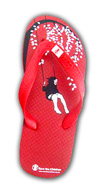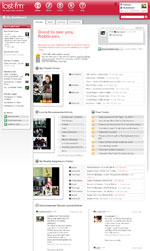Come back when you’ve got some data
April 2nd, 2009I’ve been planning and building web sites and services for clients within the media industry for almost nine years now, reflecting back over that time I think that most of the clients that I have worked with may have had some pretty interesting ideas of what they’d like to achieve, but more often than not they don’t have the data needed to enrich the functional elements behind any of these ideas.
Most digital agencies probably follow a similar process of discussing strategy and going through a discovery phase before launching head first into a build; I believe that it would be incredibly beneficial to both clients and development teams if a greater emphasis was placed on data definition during discovery phases to establish whether data is already available from existing systems or sources from your client.
If data isn’t available from existing systems or sources there is always the option to get data from 3rd parties, or for the client to gather new data, but it’s important to factor in what impact this may have on their internal teams who probably already have hefty workloads of their own, just like the rest of us.
My advice to developers, the important thing is being sure that from day one launching into build, your team is 100% aware of what data they are going to be working with, where they are going to extract this data from, what transformations they may need to apply to the data to work with it, and which functional elements of the project require the data.
My advice to clients, if you’re seeking consultancy from a digital agency on how you can leverage the Internet to build up and interact with a customer base, then come prepared with as much data as you can and they’ll be better geared to creating fantastic ideas that take advantage of what your company already has to offer.


